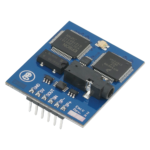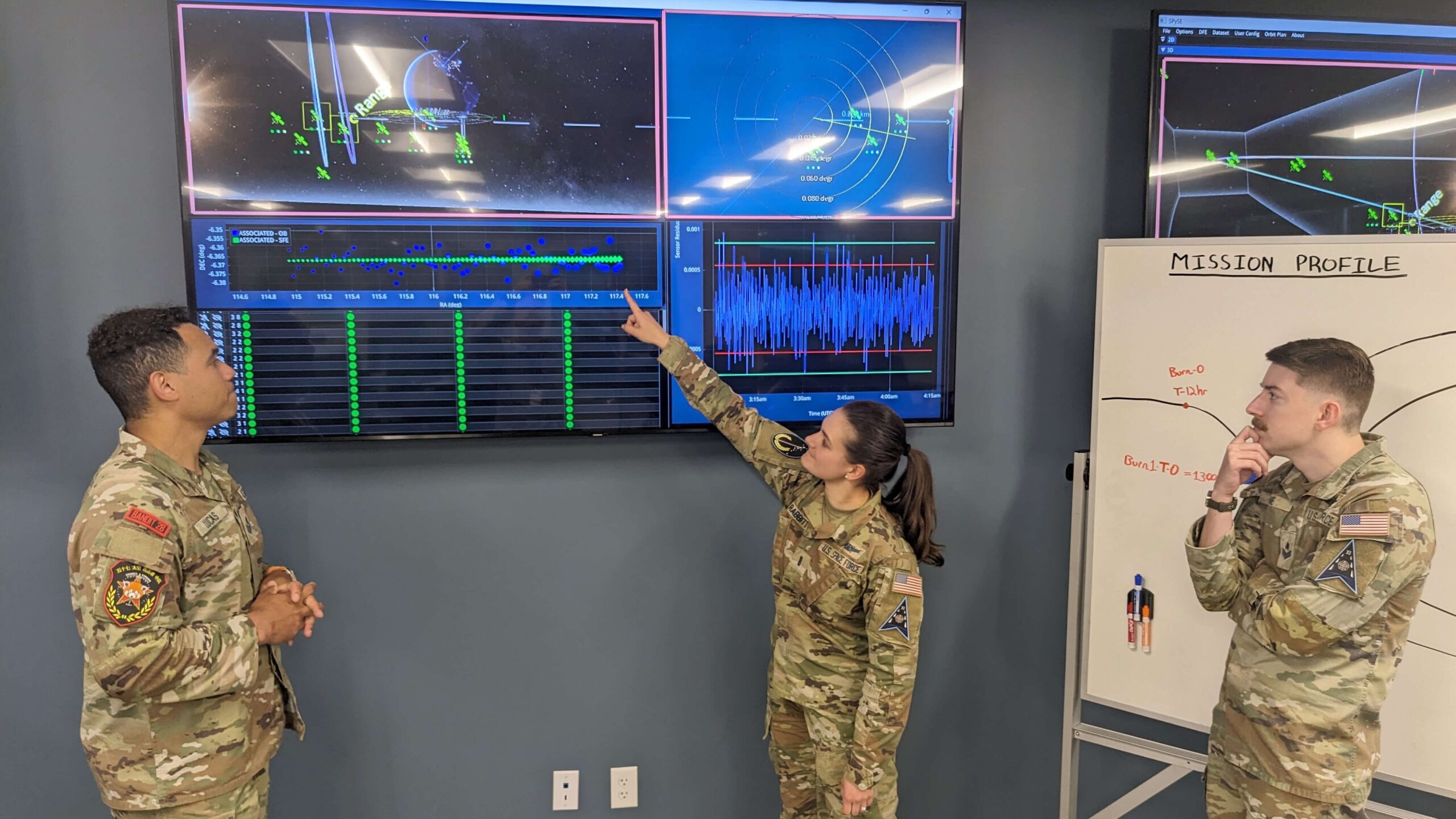Are you or someone you know struggling with speech impairment? It can be frustrating and disheartening when communication becomes a challenge. But fear not, because there is hope and help available! In this article, we will explore the world of assistive technology for speech impairment. Whether it’s for yourself or a loved one, this comprehensive guide will provide all the information you need to navigate through the various options and find the best solution. From specialized devices to innovative apps, we’ll discuss everything you need to know about using assistive technology for speech impairment. So let’s get started on this journey towards better communication!
So, assistive technology for speech impairment?
Speech impairment can greatly impact an individual’s ability to communicate effectively. Fortunately, there are various assistive technologies available that can help individuals with speech impairments overcome communication barriers and improve their quality of life.
One common type of assistive technology for speech impairment is augmentative and alternative communication (AAC) devices. These devices use pictures, symbols, or text-to-speech software to aid in communication. They can be used as a supplement to traditional speech or as a primary mode of communication for those who are unable to speak.
Another helpful tool is voice amplification technology, which uses microphones and speakers to amplify an individual’s voice. This can be especially beneficial for those with soft voices or difficulty projecting their voice due to physical limitations.
For individuals with severe speech impairments, eye-tracking technology may be a useful solution. This technology allows individuals to control a computer or other device using only their eye movements. It enables them to type out words or phrases on a screen and have them spoken aloud by the device.
Additionally, there are several apps and software programs designed specifically for people with speech impairments. These tools often include customizable word prediction features, text-to-speech capabilities, and visual aids such as picture boards.
It’s important to note that not all solutions work for every person with a speech impairment; it may require some trial-and-error before finding the right fit. Additionally, these technologies should always be used in conjunction with therapy from a licensed speech-language pathologist who can provide guidance on how best to utilize them.
Overall, assistive technology has greatly improved the lives of individuals with speech impairments by providing them with alternative methods of communication and helping them break down barriers within society.
Understanding the Different Types of Speech Impairments and Their Causes
Speech impairments can vary widely, affecting how individuals communicate. Some common types include articulation disorders, where sounds are pronounced incorrectly, and fluency disorders, which involve interruptions in the flow of speech, like stuttering. Another type is a voice disorder, characterized by problems with pitch, volume, or quality that make speech difficult to understand. Each of these conditions stems from different causes. For example, articulation issues might arise from physical factors like dental misalignment or hearing loss, while fluency challenges can be linked to genetics or stress during speaking situations.
The roots of these impairments often intertwine with various aspects of health and development. Neurological factors play a significant role; conditions such as cerebral palsy can affect muscle control needed for clear speech production. Additionally, environmental elements—like limited exposure to language during early childhood—can influence how children develop their communication skills. Other possible contributors include injuries that impact the brain or throat and psychological factors such as anxiety that may hinder effective verbal expression.
Understanding these nuances helps create supportive environments for those affected by speech impairments while fostering patience and empathy among listeners.
Ultimately, recognizing individual differences is crucial in promoting effective communication for everyone involved.
Exploring Various Assistive Technologies for Speech Impairment: Devices and Software
There are many fantastic tools out there designed to help people with speech impairments communicate more easily. These assistive technologies range from simple devices to advanced software. For instance, some individuals use speech-generating devices (SGDs) that allow them to type or select images and then speak the words aloud using a computerized voice. This can be especially helpful in social situations where expressing thoughts quickly is important. Many of these devices are portable, making it convenient for users to carry them around.
On the software side, various applications have been developed for tablets and smartphones that cater specifically to those with speech difficulties. Some apps utilize text-to-speech technology, allowing users to create sentences by typing or tapping on symbols. These applications often come with customizable features so individuals can adjust voices and languages according to their preferences.
Furthermore, emerging technologies such as artificial intelligence are being integrated into assistive devices—making communication even smoother and more intuitive than before. With ongoing advancements in this field, the possibilities for enhancing communication abilities continue to grow, providing hope and empowerment for many who wish to express themselves freely.

Read also: dictaphone machine
How to Choose the Right Assistive Technology for Specific Speech Impairment Needs
When considering assistive technology for speech impairments, it’s important to recognize that each individual’s needs are unique. Start by assessing the specific challenges faced in communication. For example, does the person struggle with articulation or forming sentences? Understanding these nuances can lead you to suitable tools. Some devices like speech-generating devices (SGDs) allow users to select words or phrases through touch screens or buttons, making conversation easier and more fluid. Alternatively, software applications on smartphones can help improve pronunciation and language skills through interactive games and practice sessions.
Another vital aspect is ensuring that the chosen technology seamlessly integrates into daily life. Look at user-friendliness; if a device feels complicated or overwhelming, it may not be used consistently. It’s wise to involve the potential user in this decision-making process—they often know best what will suit their style of communication. Consideration should also be given to options like text-to-speech programs, which convert written text into spoken words, allowing individuals to express themselves without needing verbal output. By focusing on personal needs and preferences, choosing the right assistive technology becomes an empowering step toward effective communication.
Assistive Technologies for Speech Impairment: Maximizing the Use of Assistive Technology in Everyday Life
Living with a speech impairment can present challenges, but assistive technologies are here to transform communication into an easier and more enjoyable experience. These tools range from simple voice amplifiers to sophisticated speech-generating devices that help individuals express themselves clearly. One popular option is the use of text-to-speech software, which allows users to type out their thoughts and have them spoken aloud by a computer or mobile device. This technology not only enhances daily interactions but also enables participation in social gatherings and public speaking opportunities without fear of misunderstanding.
Another exciting avenue for maximizing assistive technology involves apps designed specifically for communicating needs and emotions effectively. Many smartphones now come equipped with features like customizable buttons that can convey messages such as “I need help” or “Let’s eat.” Moreover, wearable devices offer instant access to communication aids right at your fingertips. The beauty of these technologies lies in their adaptability; they can be tailored to fit any lifestyle or preference, providing users with remarkable independence. By integrating these tools into everyday life—whether through education, work environments, or leisure activities—individuals can truly connect with others on deeper levels while embracing their unique voices.
You may also like: ai for speech recognition
Conclusion: The Impact of Assistive Technology on Quality of Life with a Speech Impairment
Assistive technology has radically transformed the lives of those with speech impairments, opening up new avenues for communication and expression. Imagine someone who once struggled to speak, feeling trapped in a world where their thoughts remained unvoiced. With tools like speech-generating devices or apps designed for tablets and smartphones, these individuals now enjoy a newfound freedom. These technologies often come equipped with customizable features that allow users to choose voices that resonate with them personally. This personalization fosters a deeper connection between the user and their device, making interactions more meaningful.
Moreover, the impact of assistive technology extends beyond mere communication; it significantly enhances social interaction and emotional well-being. Many people find themselves more engaged in conversations, leading to stronger relationships with family and friends.
- This boost in confidence can reduce feelings of isolation.
- Additionally, educational opportunities become accessible as students can participate actively in classroom discussions.
The ripple effect reaches into various aspects of life—work environments benefit from diverse input while community involvement flourishes through shared experiences. Overall, assistive technology not only serves as a bridge between silence and voice but also enriches daily living for those navigating the challenges of speech impairments.



